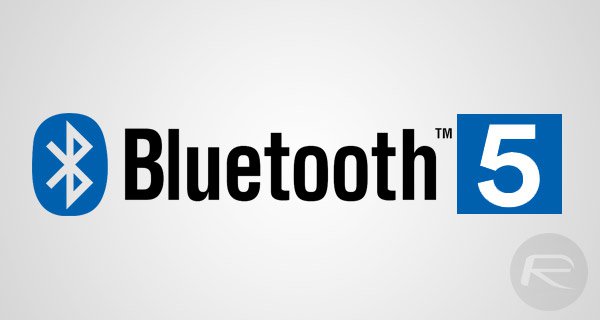The decades-old Bluetooth technology has finally got a much needed upgrade. Bluetooth 5 has ultimately arrived which means no more weak signals when using wireless headphones or slow speeds when transferring files between two devices.
5 is here: https://t.co/Cp0A4Ho9BK pic.twitter.com/sXS7cmK8EA
— Bluetooth (@BluetoothSIG) December 7, 2016
The Bluetooth Special Interest Group announced that the Bluetooth 5 standard has been officially adopted, which means manufacturers will now be able to build it into their devices.
That will take a little time but it is expected that Bluetooth 5-equipped products will hit the market in the next 2 to 6 months.
Here’s all you need to know about Bluetooth 5:
- Compared to the existing Bluetooth 4.2 protocol, Bluetooth 5 offers four times the range, two times the speed and eight times the broadcast message capacity. So, now you don’t have to worry about moving too far away from a device to which you’re wirelessly connected (useful for things like portable speakers)
- The bandwidth on Bluetooth 5 is 2 Mbps up from 1 Mbps, which means devices with the new standard will be able to transfer twice as much data
- It’ll also reduce the interference between other Internet-connected devices resulting in improved signal.

- Bluetooth 5 supports larger data packets than its predecessors, working with 255-octet packages and not 31-octet ones. This means more efficient use of the crowded 2.4GHz band, with less broadcast time required to complete tasks.
- And of course, the new standard is going to help support the Internet of Things. Mark Powell, executive director of the Bluetooth SIG says, “Bluetooth will be in more than one-third of all installed IoT devices by 2020. The drive and innovation of Bluetooth will ensure our technology continues to be the IoT solution of choice for all developers.”
Bluetooth’s upgrade comes at a time when smartphone giants like Apple are starting to remove headphone jacks from their products. Rumours are abound that Samsung is also planning to ditch the headphone jack from the unreleased Galaxy S8.

















